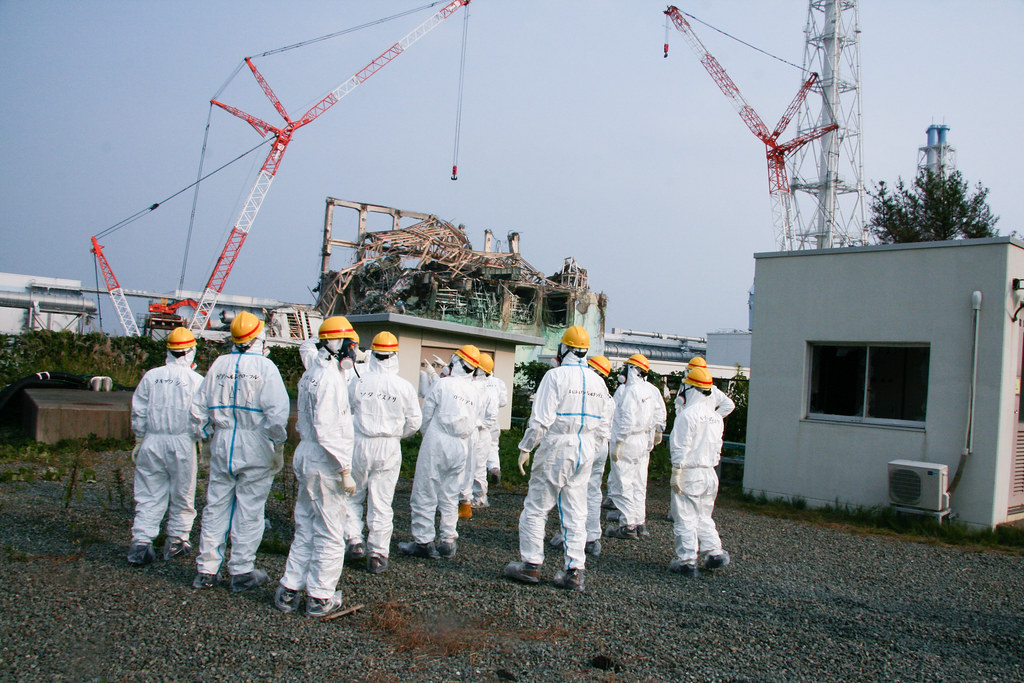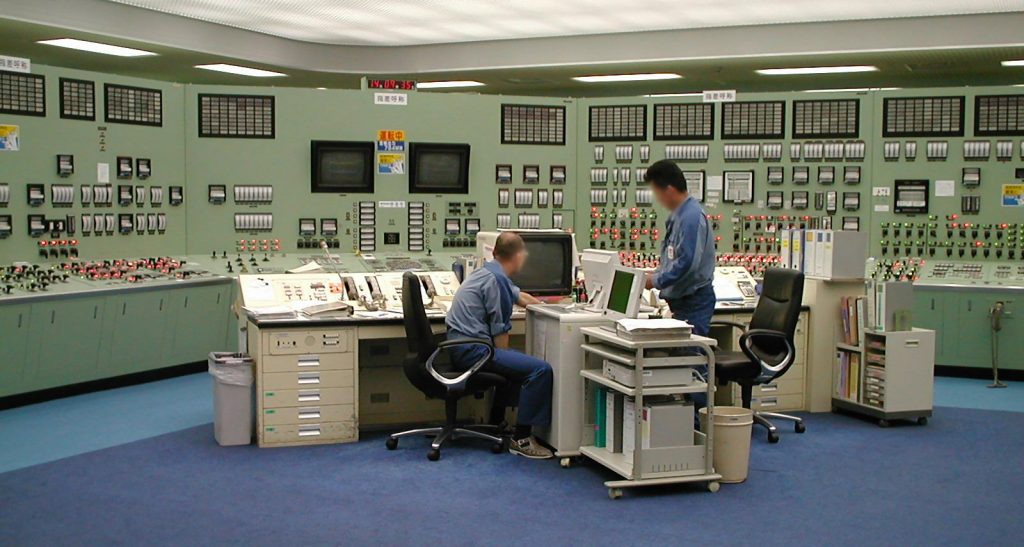You may know the history of Fukushima, one of the most tragic events in Japan’s history. The Tōhoku earthquake triggered a tsunami in which 18,500 plus people in Japan lost their lives and thousands of homes, buildings and infrastructure were irreparably damaged. Many people around the world watched in shock at the images displayed on TV, of enormous waves crashing down onto the East Coast of Japan.
The tsunami itself was one of the world’s worst and claimed many casualties, but the whole world paused and waited to see whether the Fukushima Nuclear Plant would survive the tsunami that was travelling at approximately 800 km per hour, heading straight for Japan’s shores.

History of Fukushima: March 11, 2011
In the early afternoon a 9.0 magnitude earthquake struck on Honshu island (mainland Japan). Fearing the worst, the Tokyo Electric and Power Company (TEPCO), shut down three out of the six reactors, the other three were in maintenance.
Evacuation for the nearby area was required.
Tokyo Electric and Power Company (TEPCO)
The situation at TEPCO was tense – the likelihood of a tsunami was not only probable, but it was assured. On March 12, the evacuation alert was raised from people in a 2km radius, to those within 10km of the nuclear plant. In the days following March 11, there was core damage done to nuclear reactor number three. Explosions occurred in reactors three and four. In the following week, helicopters are utilised to quell the fires in reactors three and four. By March 25, the US sends a boat carrying almost 2 million litres of water to extinguish the fires simmering in the reactors.
By March 20, the TEPCO CEO admits that they are unsure of how to solve this issue and quite frankly are unsure of the potential consequences of a nuclear explosion.
By April 12, just over a month following the initial earthquake, the INES level of incident warning was raised to the same level as Chernobyl. The seawater was contaminated with radioactive materials.
The Fukushima Daiichi nuclear power plant began leaking radioactive steam, an obvious concern for the Japanese. However, unlike Chernobyl, the radiation released was significantly smaller. In fact, some experts believe that the amount of radiation released at Fukushima was only 10% of the radiation leaked at Chernobyl.

The Outcome
The outcome of the earthquake and following tsunami had severe consequences for Japan. The economy suffered severely, with a reported estimated loss of anywhere between just shy of 200 billion and 300 billion. This also had worldwide effects, with Japanese industries temporarily unable to supply goods such as vehicles to the international market.
For Japanese society, the damage was severe. Almost half a million people were homeless due to the extreme destruction. By mid 2012, just under 200,000 from the Fukushima exclusion zone.
The Fall Out
In the years following, protests occurred against the Japanese Government and TEPCO, which resulted in a criminal case. Three high ranking executives were charged with negligence however Tokyo’s High Court deemed the trio not guilty. A civil lawsuit followed where the three were ordered to pay $99.14 billions for negligence. Fukushima was branded a ‘man made disaster’ and still has implications for Japan today.
What is Fukushima like today?
The initial events of the earthquake happened 13 years ago, as of March 11 2024. The cleanup effort, which was originally expected to take up to 40 years has been branded as ‘optimistic’ by some.
A lot of Fukhashima, however, escaped significant damage. The mountains around the historic city of Aizu-Wakamatsu are some of the areas that were undamaged by radioactive materials.
Some areas in the province are actually below the level of radiation in 2011 according to the Japan Guide. The area has seen fertile greenery regrowth, reconstruction of houses and villages and the investment in infrastructure.
Hiroshima was possibly an unlikely addition to the newest tourist spots of 2024, but stranger things have happened.

Do you want to visit Fukushima? Join us on our Fukushima tour!






